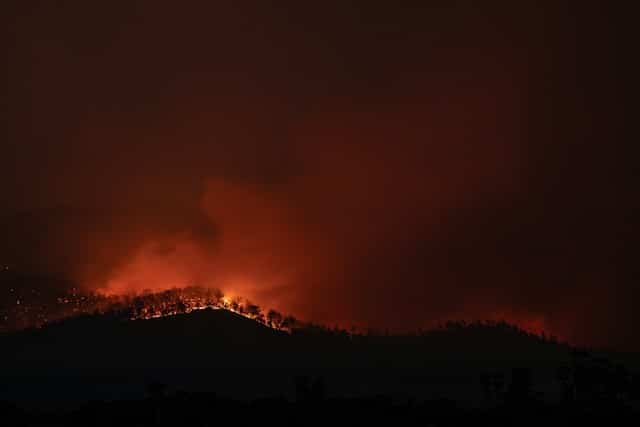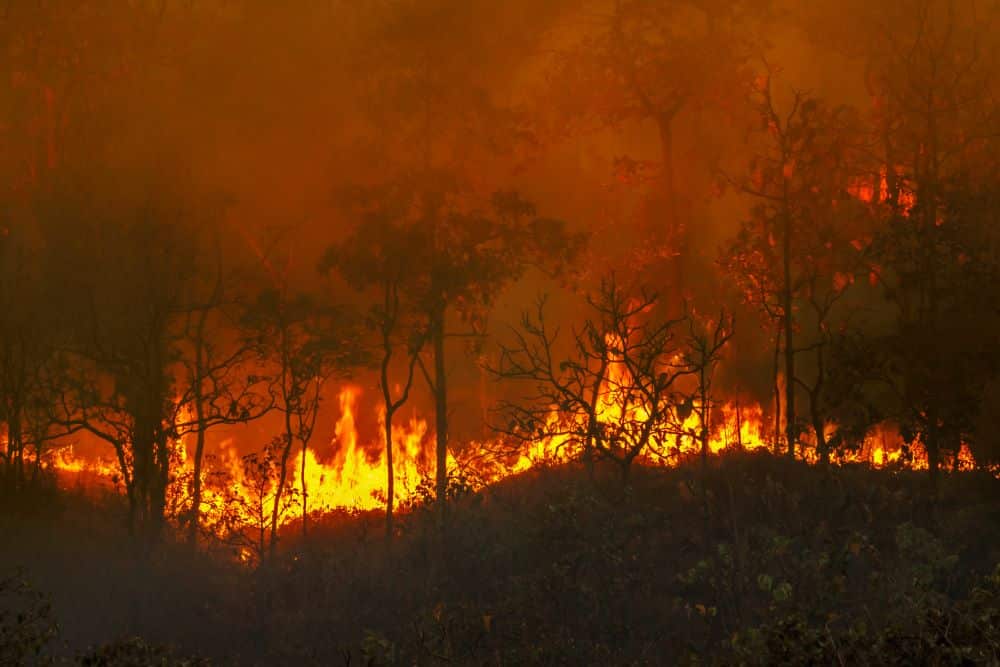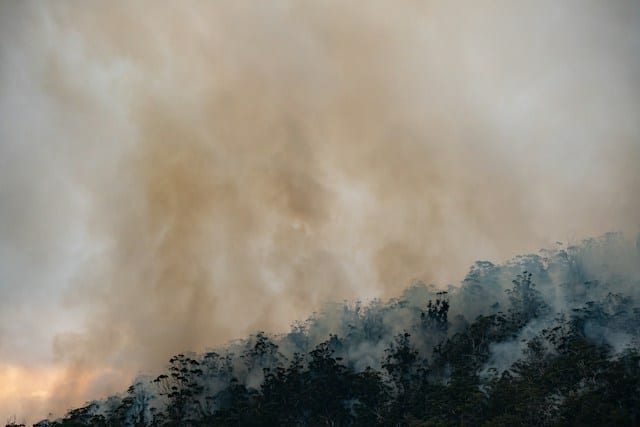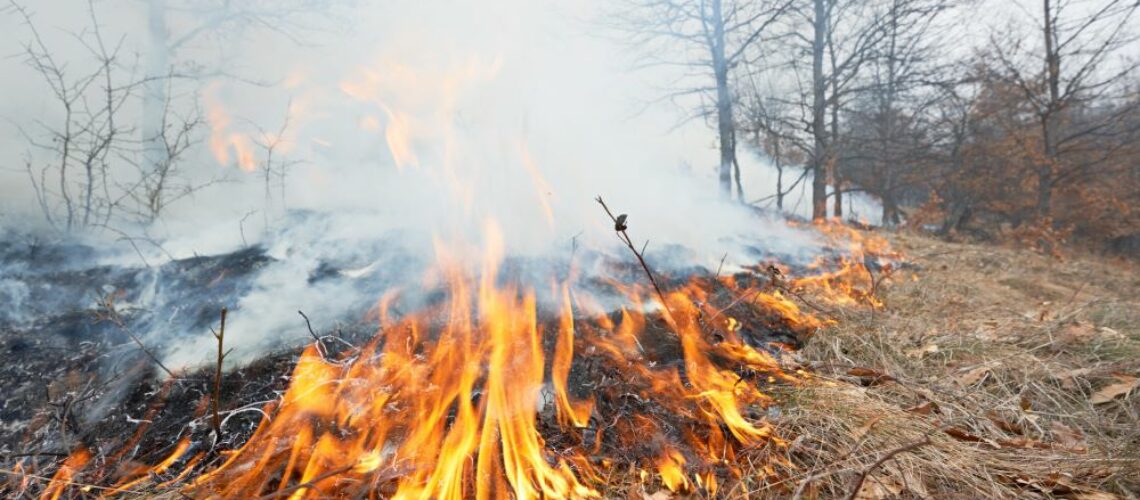Introduction:
Due to its vast and diverse landscape, Australia faces the ongoing challenge of bushfires; therefore, bushfire protection is an important factor. Homeowners nationwide need to be proactive and well-prepared for the reality of bushfire threats. This guide provides a tailored strategy for homeowners in different Australian landscapes.
Given the changing risks of bushfires and the impact of climate change, homeowners must take a comprehensive and unified approach that goes beyond regional boundaries. An adaptable strategy is necessary to address the evolving challenges associated with bushfires.
Defensible Space:
Creating a strong defensible space around your property is crucial for bushfire preparedness in Australia. In addition to clearing vegetation regularly, it’s helpful to learn from Indigenous land management methods, like controlled burns. These not only control fuel but also benefit the ecosystem.
Consider working with local Indigenous communities to understand their practices. Think about implementing defensible space strategies at a community level. This teamwork ensures a more coordinated and effective approach to lowering fire risk, promoting shared responsibility among community members.

Garden Preparation:
Making your garden resilient to bushfires requires a careful approach, especially considering Australia’s varied climates. Get advice from local horticulturists and fire safety experts to create a fire-resistant and bio-diverse garden.
Use native plant species known for their ability to resist fires, creating a landscape that fits naturally. Include sustainable features in your garden design for faster recovery after a fire. Try mulching techniques to retain moisture and protect the soil, acting as a barrier against fire impact. Regularly update your landscaping plan based on seasonal changes and updated fire risk assessments to maintain resilience.
Roof Protection:
Protecting your roof is crucial for all homeowners in Australia. In addition to using fire-resistant materials, think about new ideas like rooftop sprinklers connected to a reliable water source. These sprinklers create a wet barrier during a fire, adding an extra layer of defence. If you’re interested, Zen can install an Ember protection sprinkler system for your home and roof.
Use advanced weather stations on your roof to get real-time data on wind conditions. This helps you make proactive adjustments to your fire readiness plans. Incorporating technology ensures a dynamic and responsive approach to keeping your roof safe.
Access Maintenance:
Ensuring clear access for emergency vehicles is crucial for homeowners everywhere. Work with local fire authorities to create and maintain Fire Access Zones, guaranteeing smooth access for firefighting vehicles.
In remote areas, where communities often handle access road upkeep, organize community efforts. Regularly inspect and maintain bush tracks and access roads to keep them usable during emergencies.
Use technology like mapping tools to spot potential roadblock risks and deal with them proactively. Collaborate with communities and authorities to implement innovative solutions, such as automated monitoring systems that give real-time updates on road conditions during bushfires.
Home Fortification:
Strengthening your home against bushfires requires a thorough and adaptable approach for all homeowners in Australia. Explore advanced materials and technologies to improve your home’s structure. Apart from metal shutters, think about getting fire-resistant doors and windows that can withstand high temperatures and radiant heat.
Work with architects and fire safety engineers to thoroughly inspect your home. They can identify weaknesses and suggest specific improvements. Adding non-combustible materials to eaves can reduce the risk of embers getting in, making your structure more fire-resistant. Regularly test and maintain firefighting equipment like hoses and water pumps to make sure they work properly.
Sealing Gaps:
Sealing gaps in your home is crucial to preventing embers and fires from spreading. Look beyond traditional methods and consider innovative solutions to improve gap sealing. Consider using fire-resistant sealants that can withstand high temperatures and create a strong barrier against embers.
Work with fire safety professionals to inspect your home thoroughly, identifying areas that might need special sealing. Explore using smart home technology to automate the sealing process during bushfires. This proactive approach ensures your home stays well-protected, and potential entry points for embers are sealed effectively.
Emergency Kit Customisation:
Customising your emergency kit is vital for bushfire preparedness for homeowners across Australia. Making it specific to your needs improves its effectiveness. Along with standard emergency supplies, think about adding items that address the unique challenges of bushfires.
Include N95 masks for smoke protection and portable air purifiers to keep air quality good in confined spaces. If you have pets, make sure your kit includes their necessities like food, medications, and comfort items. Work with veterinarians to create a complete pet emergency kit for their specific needs during evacuations.
Regularly check and update your emergency kit to match changing circumstances and your family’s evolving requirements.

Staying Informed:
Staying informed during bushfire season is an ongoing effort that demands active involvement from homeowners across Australia. While keeping an eye on local news is important, expand your sources of information to include community forums, fire safety apps, and official updates from relevant authorities.
Get involved in citizen science initiatives that observe environmental conditions, offering valuable data for early fire detection and prevention. Connect with climate scientists and researchers to understand long-term trends and projections related to bushfire risk. Use technology like satellite imagery, weather apps, and social media platforms to stay updated in real-time and participate in community discussions.
Evacuation Plan Development:
Developing a strong evacuation plan is crucial for homeowners nationwide. Think about different scenarios and use technology to make it more effective.
Instead of just using paper plans, consider using virtual reality (VR) technology for realistic evacuation simulations. VR lets you test your plan’s efficiency in various conditions, offering valuable insights for improvement.
Work with local emergency services to make sure your plan follows established protocols and community strategies. Use community-based apps and communication platforms for real-time updates and coordination during evacuations.
Regularly practice drills and simulations, getting feedback from participants to improve and enhance the evacuation plan.
Community Connection:
Building a strong community connection is crucial for homeowners during bushfires in Australia. Create programs like neighbourhood watch or fire safety committees to regularly discuss preparedness, share resources, and address community concerns.
Arrange events like fire safety workshops and clean-up days to strengthen bonds. Use social media and community forums for ongoing communication and information sharing among residents. Encourage open dialogue and the exchange of experiences to create a supportive network that boosts community resilience.
During crises, having a connected and supportive community greatly helps in effective emergency response and recovery.
Insurance Coverage Review:
Regularly checking your insurance is vital for homeowners everywhere to ensure financial protection from bushfire damage. Talk with your insurance provider regularly to discuss any changes in your property, assess whether your coverage is enough, and look into additional options for wildfire-specific insurance.
Stay updated on changes in insurance rules and industry practices as they can affect your coverage. Advocate for thorough bushfire risk assessments to be included in insurance policies, ensuring your coverage accurately matches the challenges posed by bushfires in Australia.
Innovative Solutions:
Looking into new solutions for bushfire readiness means keeping up with new technologies and working with local experts. Check out drone technology for early fire detection and monitoring. Drones with thermal imaging cameras give real-time data on fire hotspots, helping response times.
Support local startups and research initiatives working on advanced firefighting tools, like autonomous systems and machine learning for predictive fire modelling. Get involved in technology forums, industry conferences, and research institutions to stay informed about the latest innovations in bushfire preparedness.

Advanced Firefighting Tools:
Getting better firefighting tools is important for homeowners in Australia. Team up with local fire authorities to explore using new technologies. Support the development of robotic firefighting systems that can handle tough terrains on their own.
Look into using artificial intelligence (AI) for better predictions of fire behaviour. AI analyzes past data, weather, and terrain to give real-time insights into possible fire risks.
Sustainable Water Supply:
Having enough water is crucial for good bushfire preparedness, especially in areas with water scarcity. Install dedicated water reservoirs or tanks with enough capacity for firefighting and personal needs. Consider rainwater harvesting and grey-water recycling to add to your emergency water supply sustainably.
Work with water management experts to create community-level water resilience plans. This could include smart irrigation systems that use water efficiently for fire prevention without affecting essential agricultural needs. Using sustainable water practices helps both the environment and community resilience.
Firebreak Strategies:
Creating firebreaks around your property needs planning and collaboration with neighbours and local authorities. Clear vegetation and make strategic gaps to slow the spread of fire. Coordinate with local fire authorities to ensure these firebreaks follow guidelines and fit into the broader community fire safety plan.
Maintain firebreaks regularly to ensure their effectiveness during critical times. Organise community efforts for ongoing inspections and clearing activities, encouraging shared responsibility. Consider using machinery like mulchers or controlled burns for large-scale firebreak maintenance. Work with local environmental experts to minimize ecological impacts.
Comprehensive Fire Drills:
Running through fire drills with your family and community is crucial for testing evacuation plans and finding potential challenges. Simulate different scenarios like blocked escape routes, limited visibility from smoke, and communication breakdowns. Use technology like virtual reality simulations to make drills realistic and immersive, mimicking various fire conditions.
Coordinate with local emergency services to ensure your drills follow established protocols and community strategies. Get feedback from participants to identify areas for improvement in evacuation plans. Regularly review and update your drills to adapt to changes in landscape, climate conditions, and community demographics.
Evacuation Center Enhancement:
Improving evacuation centres involves working with local authorities, businesses, and community organizations to provide comprehensive support and resources. Develop a system for quickly setting up temporary shelters that can handle different environmental conditions.
Partner with local businesses to ensure there are mobile amenities, like portable showers and sanitation facilities, to enhance the comfort and well-being of evacuees.
Regularly practice simulations and drills at evacuation centres to identify potential challenges. Work with local emergency services to ensure evacuation centres have enough resources, including medical supplies, food, and shelter provisions. By improving evacuation centres, you contribute to the overall effectiveness of emergency response efforts.
Utilising Community Resources:
Using community resources is a smart way to improve homeowner preparedness and response in Australia. Create a detailed resource directory that lists local skills, equipment, and facilities available during emergencies. This directory is a useful reference for coordinating community initiatives and optimizing resource allocation.
Include the resource directory in community communication platforms for easy access by residents and emergency services. Encourage residents to share their skills and resources, building a culture of mutual support and collaboration. By tapping into local expertise and assets, you help develop a resilient and interconnected community.
Ongoing Collaboration:
Continuing collaboration with local authorities, environmental groups, and research institutions is crucial for keeping up with the latest in bushfire preparedness for homeowners in Australia. Set up regular forums for discussions where community members can give feedback on policies and initiatives. Actively take part in decision-making about land management, fire prevention, and emergency response.
Join local working groups or committees focused on bushfire preparedness and community resilience. Encourage open communication and shared responsibility, valuing and incorporating community input into planning processes. Through ongoing collaboration, you help make bushfire preparedness strategies more adaptable and effective.
Seeking Expert Advice:
Getting expert advice goes beyond working with fire safety professionals and involves collaborating with various experts to address the many aspects of bushfire preparedness for homeowners. Connect with climatologists, ecologists, urban planners, and other experts to get a holistic understanding of the challenges and solutions.
Attend community meetings where experts share updates and guidance on emerging trends and technologies. Keep an open line of communication with local fire authorities, land management agencies, and environmental organizations.
Schedule property inspections with fire safety experts regularly to get personalised recommendations based on your land and home’s unique characteristics. Seeking expert advice helps develop tailored, science-informed bushfire preparedness strategies.
Conclusion:
Getting your home ready for the bushfire season in Australia involves a mix of traditional methods and new solutions. Every step, from creating defensible spaces to seeking expert advice, is crucial for making homeowners more resilient nationwide.
By putting in time, effort, and teamwork, you not only protect your property but also contribute to the safety and well-being of your community during bushfire challenges. Stay informed, connected, and resilient together as we face the bushfire seasons with strength.
If you need advice for your home and family please contact us to discuss our Bushfire Protection Services and ensure your plumbing is ready before the bushfire season. This assures you that you and your family will be safe and protected.


